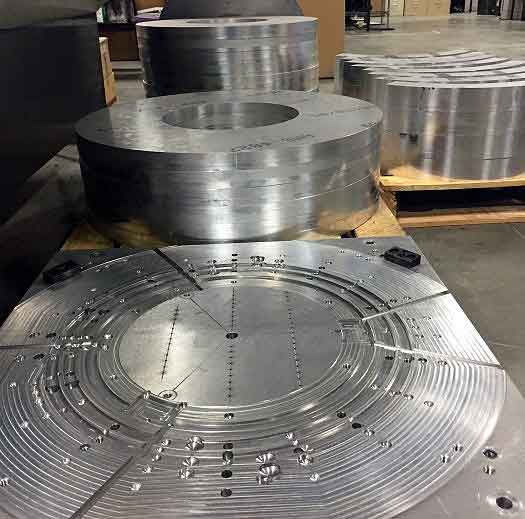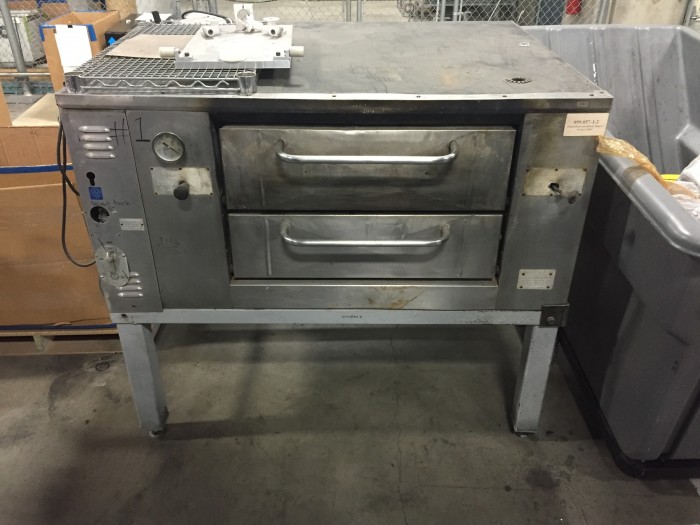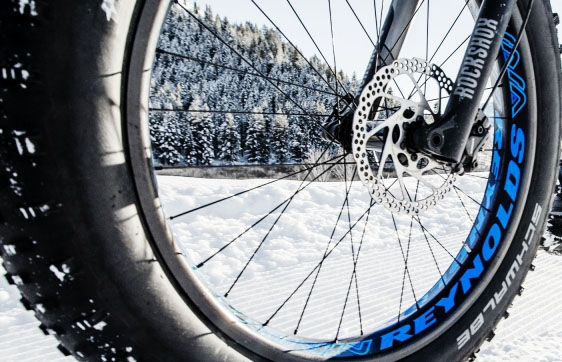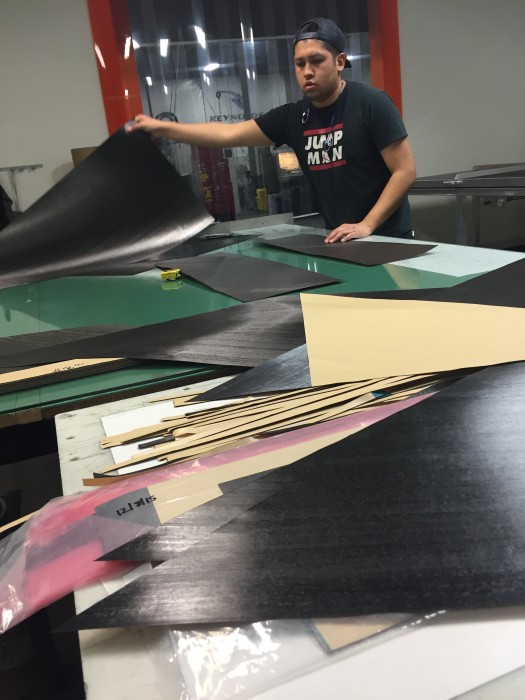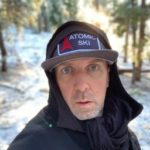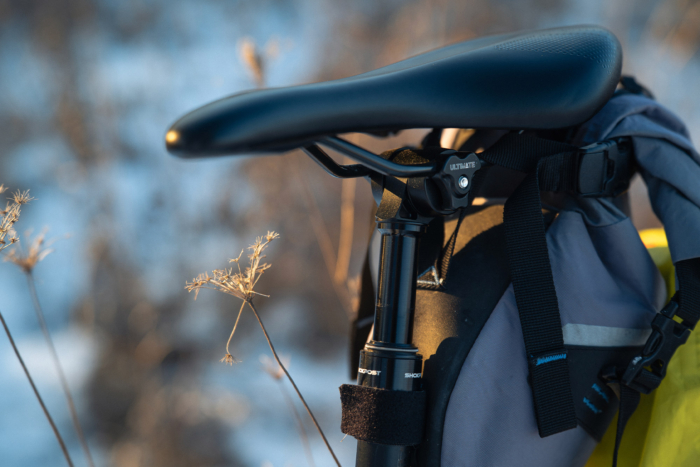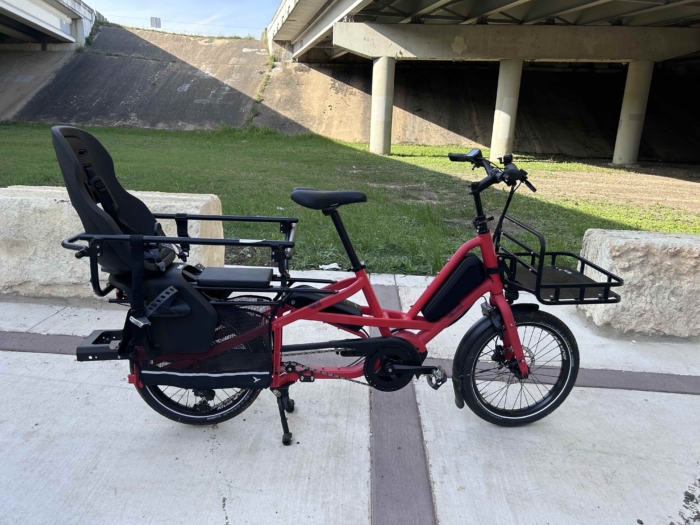[leadin]CAD programs and large monitors dominate the front office. Dogs dot the floor. The factory is in back, and that’s where the wheels are made.[/leadin]
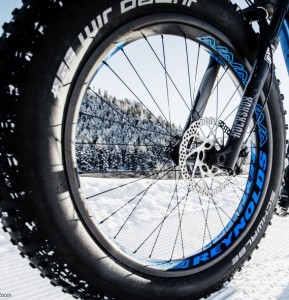
Welcome to Reynolds Cycling, where carbon fiber, CNC machines, and at least one pizza oven come together to create wheels shipped around the globe.
I’d traveled to the Park City, Utah, headquarters to test the company’s Dean carbon fiber fat bike wheelset on some nearby snow. After the ride, Billy Demong, a retired Olympic skier who is now a marketing manager for Reynolds, gave me the full factory tour.
Carbon Wheels Made In USA
We start out in the center of the factory floor at the CNC machines, where mold-maker Mike Shiba cuts big, heavy aluminum molds that will be used in the Sandy factory and also sent to Hong Zhou, China.
That’s where Reynolds owns a second plant for larger production runs. It is closer to Taiwan where the wheels will be paired with bike brands as the OEM wheel of choice and shipped worldwide.
